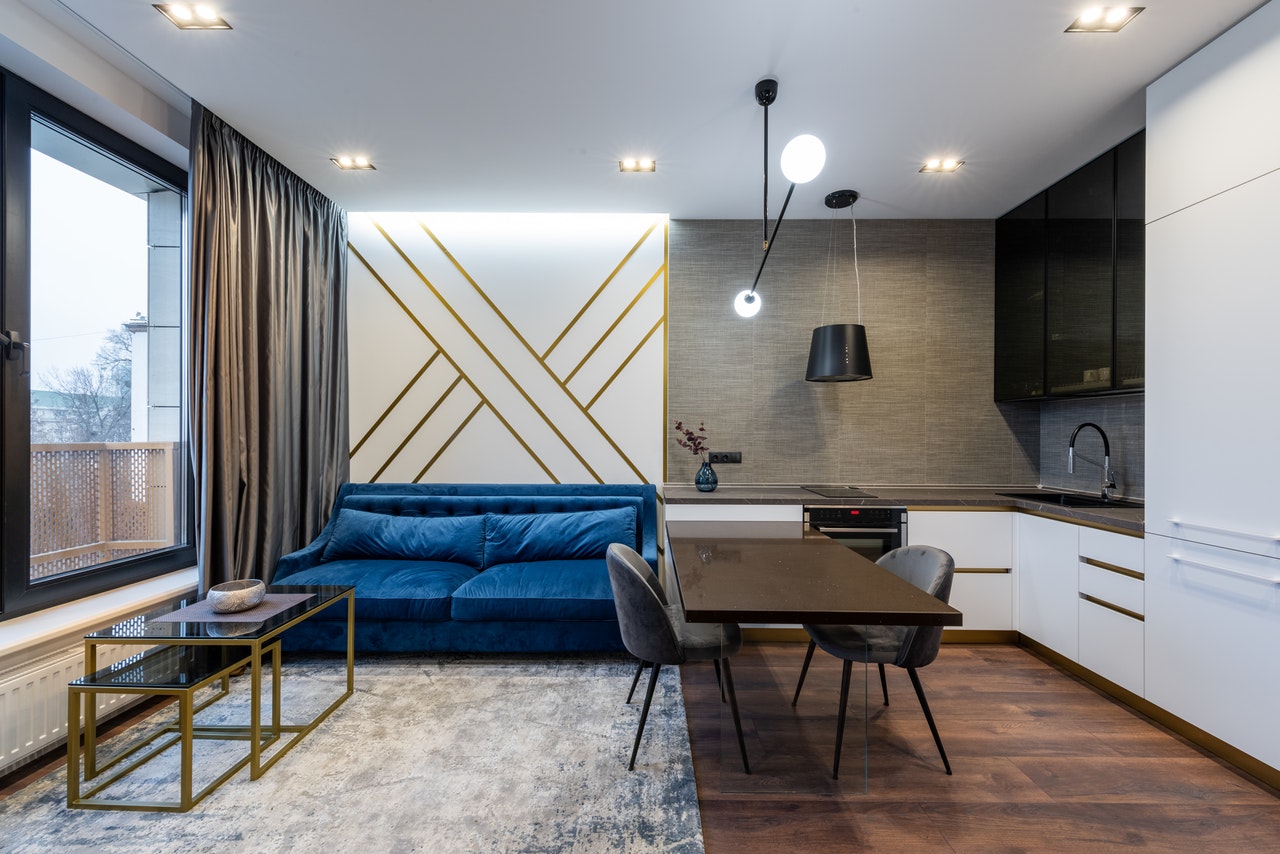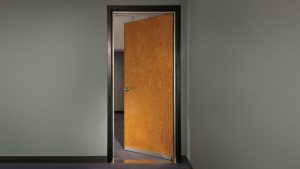Soundproofing Your Home as Part of a Renovation
Renovating a home can be an incredibly exciting and stressful experience. When we start fleshing out the renovation, we have so many considerations that we need to prioritize where our money is best spent. Typically, we want to create a sanctuary where we can recharge and spend time with loved ones. We spend so much time focusing on the look and feel that we often forget that a big aspect of peace and quiet is, well, quiet.
Home soundproofing is a great thing to tackle while doing a reno, rather than after the fact. You’re already packing your things into bins and ripping apart surfaces, so now is the time to up your acoustics game.
Soundproofing your home is more important than you think
Think you don’t need soundproofing in your home because you live in the country or a quiet neighborhood? Think again. Noise pollution isn’t a problem exclusive to those who live in densely populated areas. Even if you don’t have a noisy neighbor stomping around upstairs, you may deal with a noisy freeway or horn blasts from the midnight train that passes through town while you’re trying to sleep.
Creating a quiet corner of the world will take your reno to the next level, and people will surely notice. Most importantly, you’ll notice. But, how do you get started? In any endeavor, it’s helpful to understand the problem before working on the solution.
Where is the sound coming from?
Home soundproofing can get spendy in a hurry. Luckily for you, it typically isn’t necessary to treat the whole home to secure a little serenity. By finding out where the offending sounds originate from, you can strategically place acoustical products to deliver the most bang for your buck.
If the source is outside the home, you’ll focus more on things like exterior walls, windows, and doors. If the source is inside the home or building, interior walls, floors, and ceilings are great places to expend your energy.
Home soundproofing against the great outdoors
While we can control the sounds inside our own homes to some extent, noises that originate outside are much harder to control. You might ask your neighbor to keep a barking dog quiet, but you’ve got little recourse when it comes to a busy road or the third shift at a local industry. Your best bet is to incorporate construction materials that keep sound waves out.
Seal up any gaps
A major source of unwanted noise that creeps into the house is the airspace around doors and windows. If you pop the trim off, you may notice there isn’t much insulation between you and the backyard. Filling these gaps with acoustical foam will not only keep sounds from passing through, but they’ll also help keep your home more energy-efficient. If sounds are able to slip through the cracks, so are drafts.
Treat exterior walls
If you live in an old home, you may be dealing with thin walls and insufficient insulation. If you’ve got a lot of noise passing through, you’ll want to spend a little time on them. In addition to making sure your insulation is up to par, it’s a good idea to make sure your drywall is doing its part.
Replacing your current drywall with soundproof drywall is a great route, but it’s expensive and can add up quickly if you’re treating entire exterior walls. If you don’t want to spend the time and money on a full replacement, a great option is to add a second sheet of regular drywall on top of the existing wall. Placing a bead of acoustical caulk between the two layers will give you the home soundproofing you need without the added demolition.
Don’t forget the windows
Even if you live in a brick building with solid wall construction, your windows may be allowing the passage of a considerable amount of sound. You can upgrade to windows with double-paned glass or purchase soundproof windows, but adding multiple soundproof windows for homes with many of them can cost a pretty penny. Incorporating window inserts allow you to preserve the existing windows while adding layers of thermal and acoustic insulation. These options are likely the cheapest and best soundproof windows for home remodeling projects.
Suppressing sounds inside the home
Open concept has been all the rage lately. It’s a beautiful way to get the whole gang together under one roof but does little to help the acoustics and noise levels inside. Pair this with the fact that interior walls and doors aren’t constructed to keep the elements at bay, and you may want to think twice about getting your kid that drum set for their birthday or hosting large family gatherings.
Each room in the house presents somewhat unique problems, so we’ll focus on some of the rooms that need the most attention. Let’s take a look at some common issues and solutions.
The great room
Now that you’ve got a beautiful space inspired by your social media dreams, you need to learn how to keep the reverberation down. That large, open space full of hard, reflective surfaces translates to sound waves that bounce and amplify, causing competing conversations to take it up a notch just to be heard. Here’s what you can do about it.
Make sure you spread out your decor a bit. Adding things like big, dense couches and area rugs to the room help to absorb and diffuse sound waves, so you don’t end up with a lot of echo or reverberation in the room. If you are going for a minimalist look, find the best home fashion soundproof curtains for your window size to break up the reflective surfaces that make up the walls.
Acoustic panels for the walls will also go a long way. The sheer multitude of available fabric covers means they will certainly match your decor, and the acoustic properties will keep the room from getting overwhelmingly loud. You can add these at any time, whether you are remodeling or not, but incorporating them into your design will ensure your acoustic treatments function as pieces of art.
The apartment with noisy upstairs neighbors
Not all of us have vast, open spaces in our houses, for better or worse. If your ceiling sits a couple of feet above your head, foot traffic and a booming subwoofer may ruin many movie nights. You can treat your ceilings in pretty much the same way you treat your walls.
Adding soundproof drywall or the second layer of drywall with acoustical caulk can help keep sound waves from making their way into your quiet Sunday slump. If you want to do the same for the downstairs neighbors, consider adding an acoustical underlayment between your subfloor and flooring material. Not only will it reduce the amount of sound that passes through the floor, but it will deaden the impact noises from foot traffic and moving furniture within your own space.
The home office
Now that so many of us are working from home, we have had ample time to identify the weaknesses in our home offices. Anyone who works while others are in the house has likely figured out the value of learning how to soundproof a home office.
If your home office doesn’t come with the luxury of four walls and a door, you aren’t out of luck. If you want to create a temporary partition, soundproof room dividers for home offices are a solid solution. They hide away when you aren’t using them but are a lifesaver when you need a soundproof home office.
Recording studios and music rooms
Sometimes you can’t talk a kid out of his or her dreams. If you want to support the arts while maintaining your sanity, it’s a great idea to create a soundproof room for all your audio adventures. If your remodel includes a music room, the amplified sounds that will occupy the space demand some level of protection.
Home studio soundproofing is becoming a popular pastime in these roaring twenties. Modern technology has given us great tools for producing top-notch recordings, but you’ll never finish your masterpiece if you’re keeping the block up at night. This room is worth doing right.
While a soundproof booth for home recording isn’t necessary, you’ll definitely want to add some density to your walls to keep the disruptions to a minimum.
Enter mass-loaded vinyl. Mass-loaded vinyl, or MLV, can reduce noise by nearly 90 percent and is relatively easy to install. You can roll it out over your existing drywall and add a second layer of drywall on top of your MLV. It’s a great way to improve your wall density without doing too much damage to the existing structure.
In conclusion
Home soundproofing can be a little tricky, but once you understand what you’re looking for, you’ll know exactly how to make the most out of each space. We’ve got a whole array of products that can take care of nearly any audio annoyance you may be experiencing.
If you have any trouble figuring out how to soundproof home offices, music rooms, or any other part of your home, our team of audio pros can get you pointed in the right direction.

















Leave a reply
You must be logged in to post a comment.